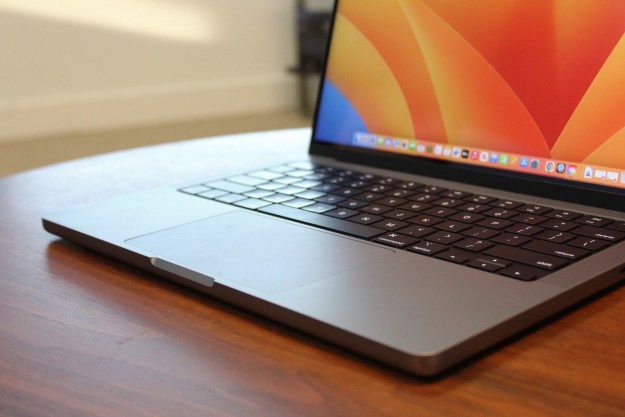
First, let’s dig into the numbers to put things in context. According to 9to5Mac, there were about 700,000 documented instances of malware hitting Macs in the first quarter of 2017. That’s a lot, but keep in mind Windows machines were hit 700 million times in the same time period.
Naturally, that’s attributable to Apple’s smaller overall share of the PC market — it’s a smaller target, and malware creators want to strike the biggest targets possible to maximize the damage/profit of their illicit endeavors.
It’s also important to point out McAfee’s definition of malware includes adware — which it notes is largely to blame for the increasing number of detected malware instances on MacOS. Adware is irritating, and potentially dangerous, but it’s not quite as malicious as full-on malware. Still, it’s important to be vigilant, and MacOS makes it pretty easy to do just that.
One of the best things you can do to protect your Mac is limit yourself to software available in the Mac App Store. Of course, that’s less than ideal. The Mac App Store has grown a lot in recent years, but there are still some important software suites you might need to get elsewhere.
It’s kind of a pain sometimes, but MacOS Sierra automatically prevents software from being installed if it doesn’t come from a list of identified developers. However, you can manually install software from anywhere, but only after opening up the Security and Privacy pane of your preferences menu and personally authorizing the install.
In order to check on how your personal security settings are tuned, make sure you familiarize yourself with the aforementioned Security and Privacy pane. Also, it’s never a bad idea to take some common-sense measures to protect yourself — even if you’re only protecting yourself from some irritating adware.
Editors' Recommendations
- 4 high-end features Windows laptops still have over MacBooks
- How to choose between a MacBook and a Windows laptop
- The 6 key things Apple must fix in the next version of macOS
- These 6 tweaks take MacBooks from great to nearly perfect
- Don’t download the latest macOS Ventura update just yet


